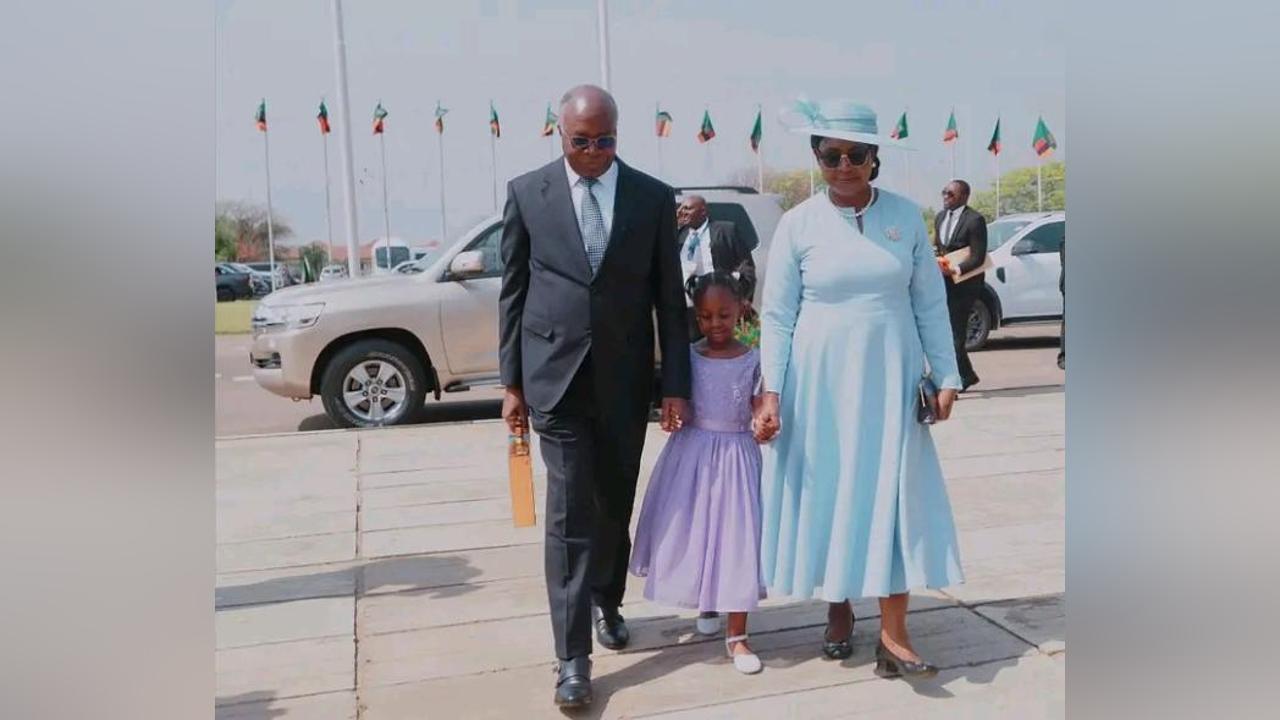Africa-Press – Zambia. Finance Minister Situmbeko Musokotwane tabled a K253.1 billion national budget for 2026, equal to 27.4 percent of GDP. It is the largest in Zambia’s history and the most domestically mobilized: K206.5 billion will come from tax revenue, with K12.1 billion from grants and K34.5 billion from borrowing. For the first time, Zambia is funding four-fifths of its spending from within. But behind the headline is a story of constraints.
What Domestic Mobilization Means
Domestic resource mobilization refers to how much of the budget government raises from taxes and local non-tax revenues rather than borrowing or aid. In Zambia’s case, 82 percent of the 2026 budget will be financed by domestic revenue. This is a historic level. It means less dependence on donors and external creditors, and more sovereignty in setting national priorities. But it also means the burden of taxation falls squarely on citizens and businesses. Every kwacha collected through VAT, PAYE, mining royalties, and corporate tax is what will drive schools, hospitals, and roads.
Why It Matters
High domestic mobilization is a double-edged sword. On the one hand, it signals fiscal maturity. Countries that raise their own revenue are less vulnerable to donor conditions and foreign shocks. On the other hand, in a fragile economy, heavy domestic taxation risks choking consumption and squeezing small businesses. The IMF has praised Zambia for widening its tax net, but many traders in markets or SMEs feel they are being taxed into the ground while service delivery remains patchy.
Debt Still Heavy
Debt service is the single largest item, consuming K73.6 billion. K52 billion goes to domestic repayments and K21.7 billion to external creditors. That is more than one third of the budget. Even after restructuring 94 percent of external debt, costly Treasury bills and bonds issued between 2015 and 2021 now falling due are leaving little room for fresh investment. This is the fiscal iron wall government cannot ignore
Constituency Development Fund (CDF)
The CDF has been raised from K36.1 million to K40 million per constituency, bringing the total envelope to K6.2 billion. Since 2022, the fund has delivered 2,800 classrooms and 131 health posts. But the allocation formula remains flat. Lusaka Central, with 150,000 voters, still receives the same as remote areas with 30,000. Without reform to factor population and poverty, the increase risks deepening inequality rather than fixing it.
For More News And Analysis About Zambia Follow Africa-Press







